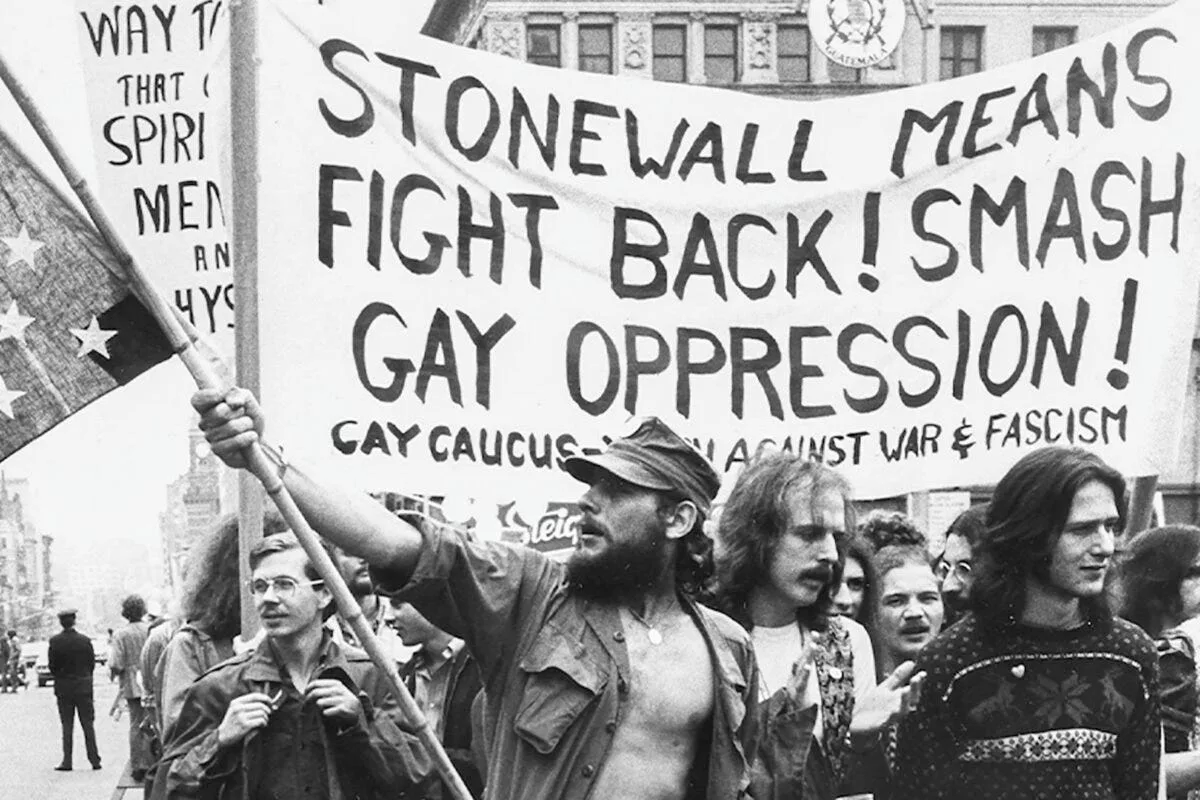June’s vibrant rainbow flags and October’s reflective commemorations serve as annual reminders of the LGBTQ community’s enduring struggle for equality and recognition. These months, earmarked for Pride and LGBTQ History Month respectively, are not just about parades and remembrance; they encapsulate a journey of resilience, defiance, and hope. This exploration into the origins and significance of these observances sheds light on their impact and the ways they continue to shape conversations about identity, rights, and acceptance.
1. The Historical Tapestry of June and October
Pride Month in June commemorates the Stonewall Riots of 1969, a watershed moment in New York City where the LGBTQ community rose against systemic oppression. This rebellion ignited the modern LGBTQ rights movement. In contrast, October’s LGBTQ History Month, established in the United States in 1994, offers a reflective pause, aligning with National Coming Out Day and the anniversaries of historic LGBTQ rights marches.

2. Celebrating LGBTQ History in the Workplace
In the corporate realm, LGBTQ History Month transcends mere tokenism. Progressive workplaces mark it with educational sessions, guest speakers from diverse LGBTQ backgrounds, and forums for candid discussions. These initiatives, coupled with support for LGBTQ charities and participation in community events, underscore a commitment to inclusivity and understanding.
3. The Genesis of LGBTQ Day
The International Day Against Homophobia, Transphobia, and Biphobia, observed on May 17, was inaugurated in 2004. This day is a global call to action against discrimination and violence affecting the LGBTQ community, marking a significant date in the community’s calendar.
4. The Status of LGBTQ Observances
While widely celebrated, days significant to the LGBTQ community, such as Pride Month and LGBTQ History Month, have not been formalized as public holidays. Nonetheless, their global recognition and the array of events they inspire speak volumes about their societal impact.
5. The Personal Resonance of Pride
Pride transcends the festive; it is an affirmation of identity, a celebration of progress made, and a reminder of the battles yet to be won. It’s a personal and collective assertion of dignity, equality, and the diverse strength of the LGBTQ community.
6. Understanding LGBTQ Day
“LGBTQ Day” encompasses various dates of significance, including the International Day Against Homophobia, Transphobia, and Biphobia, National Coming Out Day, and the Transgender Day of Remembrance. Each serves to highlight and address specific challenges faced by the LGBTQ community.
7. The Founding of LGBTQ History Month
Conceived by Rodney Wilson, a Missouri high school teacher, LGBTQ History Month began as an educational initiative. Wilson’s vision was to dedicate a month to the teaching and celebration of gay and lesbian history, a vision that has since expanded to encompass the broader LGBTQ narrative.

8.The Birth of Pride Month
Pride Month’s inception was not the brainchild of a single individual but the result of collective activism. Following the Stonewall Riots, LGBTQ activists, including notable figures like Brenda Howard, orchestrated the first Pride marches. These events laid the groundwork for what would evolve into a global phenomenon of solidarity and celebration.
Conclusion
Pride Month and LGBTQ History Month are more than calendar entries; they are vibrant chapters in an ongoing narrative of struggle and triumph. They remind us of the courage of those who have fought for change and challenge us to continue their legacy. As we engage with these observances, we not only celebrate the past but also galvanize our commitment to a future where diversity and acceptance are not just tolerated but embraced.